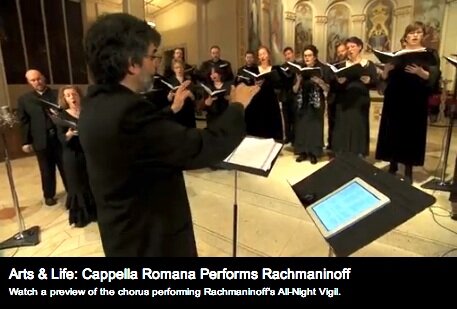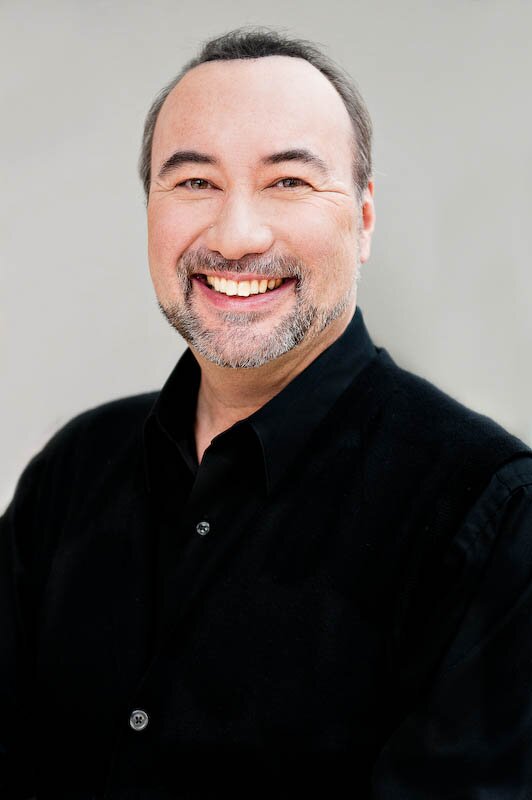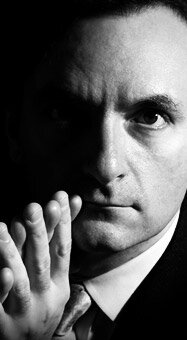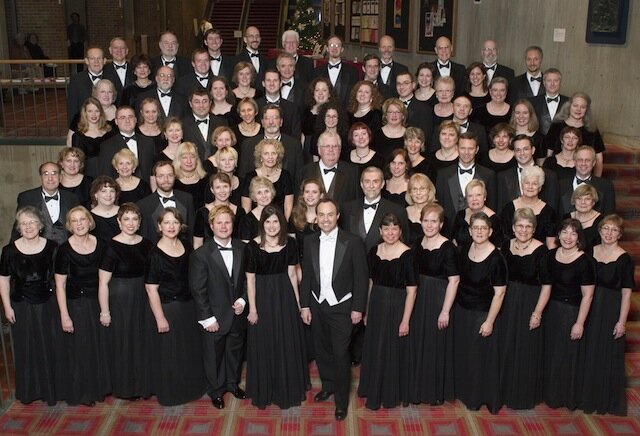Why is it that sometimes the best classical pianists are less heralded than ones whose playing should be wonderful but isn’t?
Recently I heard a performance by a very well-known pianist on a prestigious concert series, whose playing was less than stellar. He had apparently not practiced enough, his program was not as well chosen as it should have been, and I was truly disappointed in the result.
Sunday afternoon, I went to hear Brazilian pianist Alexandre Dossin, performing on the Russian Chamber Music Foundation’s “Winter Nights” program at Nordstrom Recital Hall. (Their Russian Piano Festival returns June 1 and 2 this year.)
I had reviewed some of Dossin’s recordings for the now defunct magazine Clavier [Clavier and Keyboard Companion merged three years ago to form Clavier Companion — ed.], and expected good things. It was more than good. I was bowled over by the technique, the musicianship, the beauty of his interpretations and the way he made himself invisible, allowing the composers’ intentions to come through.
It was, naturally, a program of Russian music. Dossin, who won the First and Special Prizes in the 2003 Martha Argerich Competition in Buenos Aires (and was later invited to play with her), played three parts of Tchaikovsky’s The Seasons, five Rachmaninoff preludes, and six selections from Prokofiev’s Visions Fugitives as well as his Toccata, Op. 11.
From the start, Dossin drew the listener into the emotions of the music. For example, in the three Tchaikovsky excerpts: for May, one felt the season of opening; for August, the lively robustness of harvest plenty; and for October — remember, this is all in the north of the country — there was a distinct sense of things closing down, a certain sadness.
All of this Dossin portrayed, with pauses for the music to breathe, with dynamic and shading.
His Rachmaninoff demonstrated his technique by being completely unobtrusive, no matter how busy his fingers, how thunderous the chords. Here, one heard the majesty and solemnity, the quirks or romance, the tension or lack of it, all in the way he put his artistry at the service of the music.
His Prokofiev made a fine contrast. Visions Fugitives in this context means Fleeting Vignettes; they are very brief, often spare, exquisite miniatures, with all their different voices and aspects clearly delineated from a jack-in-a-box style to music of the spheres, the virtuosity taken for granted. Lastly, the great Toccata, a piece that Prokofiev, a fine pianist himself, said he couldn’t really play, received a performance in which Dossin never showed himself off, just the music in a performance as superb as it was musical.
He gave a Liszt transcription as encore, of Alyabiev’s The Nightingale, elucidating Liszt’s sometimes tortuous thinking into something perfectly clear. The whole performance was a delight.
After intermission, pianist Natalya Ageyeva, violinist Kwan Bin Park, and cellist Kevin Krentz gave a fine performance of Shostakovich’s Piano Trio No, 2, and followed it as encore with just one movement from a Borodin Trio — as they said, “something sweet to end with.”




